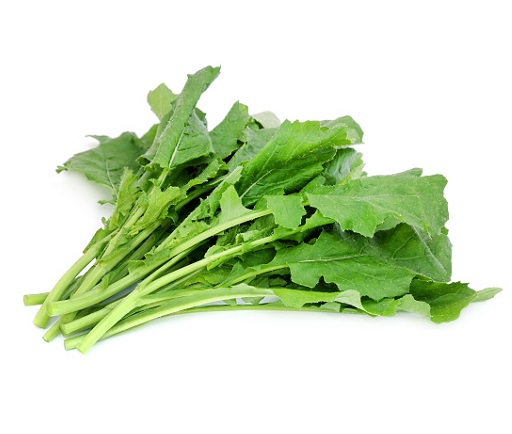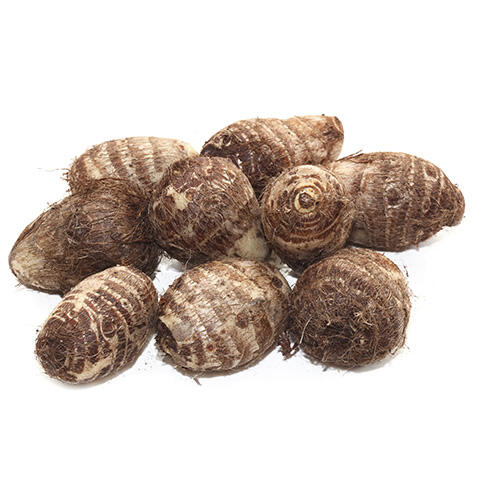Undoubtedly, Indian cuisine has some of the tastiest and most flavorful vegetarian and vegan dishes. In Hindi, vegetables are called sabzi or sabji. The majority of Indian cuisine is vegetable-based dishes. The variety of vegetables used in Indian cuisine is extensive as they are often paired together to make scrumptious dishes.
Vegetable curries are cooked and infused with a variety of spices and are served as a main entree with fresh roti (Indian flatbread) or rice. Frying, sauteing, simmering, baking, and grilling are some of the most popular methods used in traditional Indian cooking.
Sabzi is an integral part of Indian cuisine. Every region in India has its version of cooking sabzi. In South India, sabzis are cooked with coconut as the main ingredient. In Gujarat, sugar (jaggery) is added to the sabzi. In Maharashtra, sabzis are cooked extremely spicy. In North India, sabzis and dried pulses (dal) are cooked together to make curries and gravies.
At your local grocery store, you are likely to find common vegetables like spinach, carrots, tomatoes, and potatoes which can sometimes become monotonous. If you are looking to expand your food palate and would like to add new vegetables to your daily diet, we recommend trying these unique and out of the ordinary Indian hearty vegetables:
1. Okra (Bhindi)

Okra is also known as lady’s fingers. It has a slimy texture and has an earthy taste.
It is a great source of vitamin C.
A staple dish of okra is bhindi masala, a semi-dry okra curry sautéed in a spicy onion tomato masala. A finger-licking appetizer is kurkuri bhindi, crispy fries made with tender okra pods with gram flour and spices. Serve the okra fries with your favorite dipping sauce and your taste buds will thank you.
2. Mustard Green (Sarson)

Mustard green is a dark leafy seasonal green that is a rich source of vitamin A, C, and K. It has a peppery, pungent, and bitter taste and is similar to kale. Sarson is a specialty leafy green that is a rare find.
Sarson is best known for sarson ka saag. A rich creamy curry of mustard green and spinach prepared with ghee (clarified butter), ginger, garlic, green chilies, and spices. In North India, sarson ka saag with makki ki roti (maize flour flatbread) is a crowd-pleasing all-time winter delicacy.
3. Bottle Gourd (Lauki)

In India, bottle gourd is also known as dhudi, ghiya, and sorakaya. Lauki is light green in color and can vary in size, shape, and length depending on where it is harvested and grown. It can be extremely long and thin, short and round, or bottle-shaped.
Lauki is an all-around vegetable as it is cooked as an appetizer, main entree, and dessert. A delicious starter is lauki chana dal kabab, which is a melt-in-your-mouth fried round kabab made with boiled lauki, chana dal, and spices like red chili powder, and cumin powder, coriander powder, and peppercorns.
Lauki curry is an onion and tomato-based spicy stew. Lastly, lauki ki kheer is a creamy and hearty pudding made with grated lauki, milk, jaggery, saffron, rose water, and nuts. This is a specialty pudding that is served during religious holidays like Navratri.
4. Taro Root (Arbi)

This rare starchy vegetable is brown in color with white pulp inside. Arbi has a nutty and a mild sweet taste. It is a great source of fiber, potassium, and magnesium. Arbi is a versatile vegetable that can be cooked as a stir fry, dry (sukhi) curry, or gravy. Arbi curry is a thin spicy curry made by boiling the arbi first and cooking in a ginger-garlic, tomato, and onion sauce. The special spices added are carom powder (ajwain), asafoetida(hing), and mango powder (amchur).
Indian sabzis are a good source of vitamins, antioxidants, and essential nutrients. Indian cuisine has an incredible array of produce and aromatic spices. Adding Indian sabzis to your diet can get you out of your comfort zone and expand your food palate and lead you to explore new ingredients and flavors. Additionally, it can improve your cooking skills and add excitement to mealtime.
Sabzis can be easily made like a weeknight dinner as it does not require hours in the kitchen. Most Indian vegetables can be made in under 30 minutes.
We suggest making a pit stop at your local Patel Brothers store to pick up these vegetables to try.